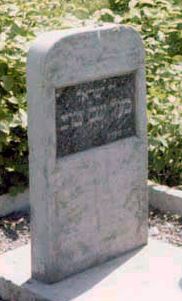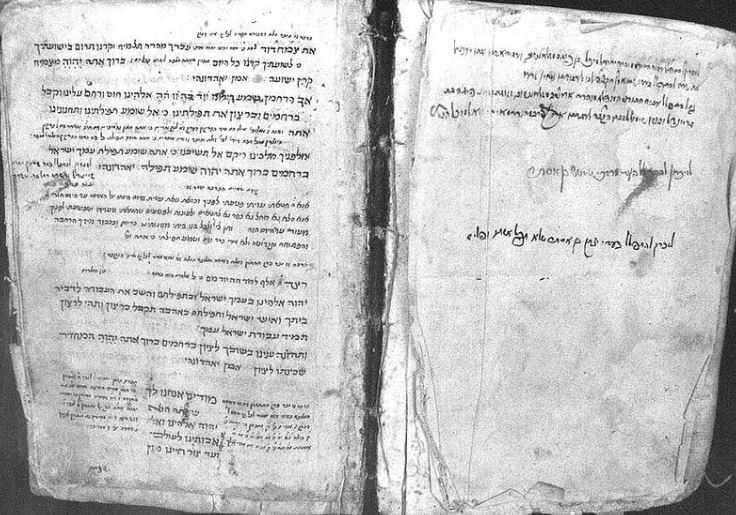Founder of Chabad
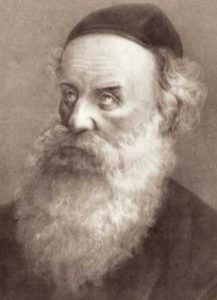 Schneur Zalman of Liadi (1745-1812) was born in the shtetl of Liozna in what is now Belarus. A child prodigy, he wrote his first commentary on the Torah when he was eight years old. Shortly after, he was sent to the nearby town of Lubavitch to begin advanced Talmudic studies, and was sent back home at the age of 12 as he had surpassed the knowledge of his teachers. He married at 15, and around the same time was first exposed to Kabbalah by two Bohemian refugees that settled in Liozna. They also taught him math, astronomy, and philosophy. A few years later, Rav Schneur Zalman met the Hasidic master Dov Ber, “the Maggid [Preacher] of Mezeritch”, who was himself the disciple of the Baal Shem Tov, founder of the Hasidic movement. Rav Schneur Zalman became the Maggid’s devoted student, and when the latter died in 1772, was recognized as his successor. Unfortunately, there was still great opposition to the Hasidic movement at the time, most notably from the Vilna Gaon, who attempted to ban the Hasidim. Rav Schneur travelled to Vilnius in an effort to assuage the Gaon, but was refused a meeting. Despite the opposition, Hasidism flourished across Eastern Europe, and many Hasidic masters were emerging in towns large and small. Rav Schneur Zalman’s approach was unique in that he placed rationalism and thought above all else, and held by the mantras of “mind over matter” and “intelligent, not blind faith”. He therefore called his branch of Hasidism “Chabad”, based on the acronym for the Kabbalistic sefirot of Chokhmah, Binah, and Da’at, loosely translated as Wisdom, Understanding, and Knowledge. Rav Schneur Zalman would become known as the Alter Rebbe, the “Elder Rabbi”, the founder of Chabad. His magnum opus, known as the Tanya, is sometimes considered the “Bible of Hasidism”. The Alter Rebbe also put together a new Hasidic code of law, a prayer book, and multiple discourses on Hasidic teachings. During the Napoleonic Wars, he sided with the Czar, despite the fact that the Russians oppressed the Jews while Napoleon brought emancipation to them. He believed that while the Russians threatened the Jewish body, Napoleon threatened the Jewish soul, as his “emancipation” would lead to mass assimilation of Jews in Europe. History would prove him right. In 1812, the Alter Rebbe fled Napoleon’s approaching armies, and succumbed to an illness on the difficult journey. His disciples split among two potential successors: some supported Aharon Horowitz, based in the town of Strashelye, while others supported Rav Schneur Zalman’s son, Dov Ber, based in Lubavitch. Over time, the Strashelye branch dissipated, leaving the Lubavitch stream. This is one reason why the movement is still known as Chabad-Lubavitch. The organization has become the most successful Jewish outreach group in history, mainly due to the work of the seventh and last Lubavitcher Rebbe, Menachem Mendel Schneerson. Today, there is a Chabad House on every continent (except Antarctica, for now), with over 1300 Chabad-run institutions around the world. Yesterday, the 18th of Elul, was the Alter Rebbe’s birthday.
Schneur Zalman of Liadi (1745-1812) was born in the shtetl of Liozna in what is now Belarus. A child prodigy, he wrote his first commentary on the Torah when he was eight years old. Shortly after, he was sent to the nearby town of Lubavitch to begin advanced Talmudic studies, and was sent back home at the age of 12 as he had surpassed the knowledge of his teachers. He married at 15, and around the same time was first exposed to Kabbalah by two Bohemian refugees that settled in Liozna. They also taught him math, astronomy, and philosophy. A few years later, Rav Schneur Zalman met the Hasidic master Dov Ber, “the Maggid [Preacher] of Mezeritch”, who was himself the disciple of the Baal Shem Tov, founder of the Hasidic movement. Rav Schneur Zalman became the Maggid’s devoted student, and when the latter died in 1772, was recognized as his successor. Unfortunately, there was still great opposition to the Hasidic movement at the time, most notably from the Vilna Gaon, who attempted to ban the Hasidim. Rav Schneur travelled to Vilnius in an effort to assuage the Gaon, but was refused a meeting. Despite the opposition, Hasidism flourished across Eastern Europe, and many Hasidic masters were emerging in towns large and small. Rav Schneur Zalman’s approach was unique in that he placed rationalism and thought above all else, and held by the mantras of “mind over matter” and “intelligent, not blind faith”. He therefore called his branch of Hasidism “Chabad”, based on the acronym for the Kabbalistic sefirot of Chokhmah, Binah, and Da’at, loosely translated as Wisdom, Understanding, and Knowledge. Rav Schneur Zalman would become known as the Alter Rebbe, the “Elder Rabbi”, the founder of Chabad. His magnum opus, known as the Tanya, is sometimes considered the “Bible of Hasidism”. The Alter Rebbe also put together a new Hasidic code of law, a prayer book, and multiple discourses on Hasidic teachings. During the Napoleonic Wars, he sided with the Czar, despite the fact that the Russians oppressed the Jews while Napoleon brought emancipation to them. He believed that while the Russians threatened the Jewish body, Napoleon threatened the Jewish soul, as his “emancipation” would lead to mass assimilation of Jews in Europe. History would prove him right. In 1812, the Alter Rebbe fled Napoleon’s approaching armies, and succumbed to an illness on the difficult journey. His disciples split among two potential successors: some supported Aharon Horowitz, based in the town of Strashelye, while others supported Rav Schneur Zalman’s son, Dov Ber, based in Lubavitch. Over time, the Strashelye branch dissipated, leaving the Lubavitch stream. This is one reason why the movement is still known as Chabad-Lubavitch. The organization has become the most successful Jewish outreach group in history, mainly due to the work of the seventh and last Lubavitcher Rebbe, Menachem Mendel Schneerson. Today, there is a Chabad House on every continent (except Antarctica, for now), with over 1300 Chabad-run institutions around the world. Yesterday, the 18th of Elul, was the Alter Rebbe’s birthday.
A Secret History of Zionism
Words of the Week
A little bit of light dispels a lot of darkness.
– the Alter Rebbe
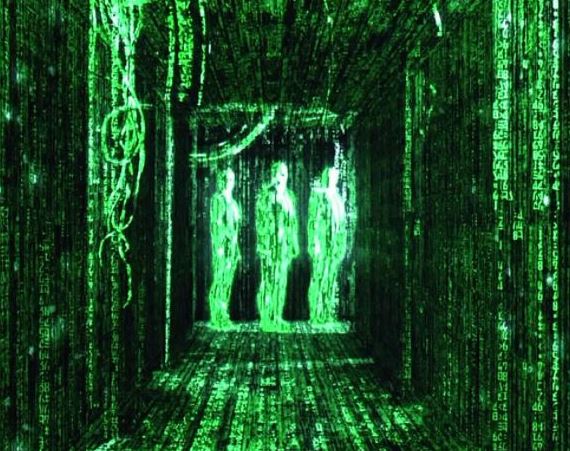
In a letter to his grandson, dated 24 Tevet 5583 (December 1812, shortly before his passing), the Alter Rebbe wrote: “I no longer see a table, a chair, a lamp… only the letters of the Divine Utterances.” As we read in the Torah, God “spoke” the world into existence, and all material things are only a reflection of their spiritual inner essence, composed of a combination of Hebrew letters, the building blocks of Creation. Like other great Kabbalists before and after him, the Alter Rebbe saw through the illusory material world, and beheld the spiritual “code” within, reminiscent of this famous scene from ‘The Matrix’.

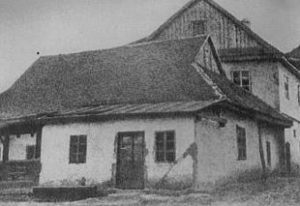
 Schneur Zalman of Liadi (1745-1812) was born in the shtetl of Liozna in what is now Belarus. A child prodigy, he wrote his first commentary on the Torah when he was eight years old. Shortly after, he was sent to the nearby town of Lubavitch to begin advanced Talmudic studies, and was sent back home at the age of 12 as he had surpassed the knowledge of his teachers. He married at 15, and around the same time was first exposed to Kabbalah by two Bohemian refugees that settled in Liozna. They also taught him math, astronomy, and philosophy. A few years later, Rav Schneur Zalman met the Hasidic master Dov Ber, “the Maggid [Preacher] of Mezeritch”, who was himself the disciple of the
Schneur Zalman of Liadi (1745-1812) was born in the shtetl of Liozna in what is now Belarus. A child prodigy, he wrote his first commentary on the Torah when he was eight years old. Shortly after, he was sent to the nearby town of Lubavitch to begin advanced Talmudic studies, and was sent back home at the age of 12 as he had surpassed the knowledge of his teachers. He married at 15, and around the same time was first exposed to Kabbalah by two Bohemian refugees that settled in Liozna. They also taught him math, astronomy, and philosophy. A few years later, Rav Schneur Zalman met the Hasidic master Dov Ber, “the Maggid [Preacher] of Mezeritch”, who was himself the disciple of the 
